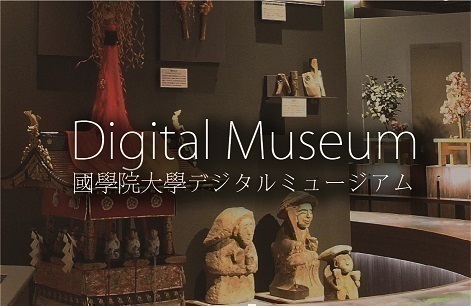- トップ
- Encyclopedia of Shinto
- Izumo Ōyashirokyō
Encyclopedia of Shinto
| Main Menu: | |
| Links: |
詳細表示 (Complete Article)
| カテゴリー1: | 8. Schools, Groups, and Personalities |
|---|---|
| カテゴリー2: | Modern Sectarian Groups |
| Title | Izumo Ōyashirokyō |
| Text | A sectarian Shinto movement founded by Senge Takatomi (1845-1918) and included in the original thirteen pre-war sects of Shinto. Closely involved with matters of government religious administration around the time of the Meiji Restoration and perceiving the prevailing trends of those policies, Senge established the Izumo Ooyashirokyō. Since the early modern period, lower-level religious priests (oshi) from the Izumo Grand Shrine had long been engaged in various religious activities toward promoting the divine virtues of the Izumo deity Ōkuninushi no ōkami. As well as distributing various religious talismantic emblems (shinsatsu) and performing magical prayer rites, these priests provided lodging facilities for patrons who came to visit the shrine, while serving as links between the Izumo Shrine and its various devotees throughout the country. Their activities can be considered to have provided the foundations on which Izumo Ōyashirokyō was founded. After the Meiji Restoration, and as the Meiji government began to implement its policies of religious administrative reform, Takatomi responded by turning his attention to reforming Izumo Shrine's organization. In order to promote the dissemination of Shinto faith centered on the Izumo Shrine cult, Takatomi organized religious confraternities (called Izumo kō or Kinoe-ne kō), and other similar cultic associations in various areas. In January, 1873, he founded the Izumo Ōyashiro Keishinkō (lit., "Religious association for venerating the gods of Izumo Shrine"). Furthermore, in August of the same year he expanded these confraternities into a broader religious organization and applied for permission to form the Izumo Ōyashiro Kyōkai. In 1878 a branch office of Izumo Ōyashiro Kyōkai was established in the precincts of Tokyo's Kanda Shrine, and in 1882 it was accorded independent status as the "Shinto Taisha Sect" (Shintō Taisha-ha). In November of that year it changed its name to Shintō Taishakyō. In March 1882, Takatomi stood down as head priest at Izumo Shrine and devoted himself to his role as leader of the new movement he had founded, becoming installed, in 1884, as the first leader of Shintō Taishakyō. Takatomi resigned this post in 1888 to turn his attention to political activities, and his nephew Senge Takaaki (1866-1919) became the second leader of the movement. In the late Taishō and early Shōwa eras (ca. 1920s), Senge Takamochi (1890-1954) took over as its third leader as the group expanded proselytization centers not just inside Japan, but also overseas, in Sakhalin, Korea and Taiwan, as well as in Manchuria and Hawaii. Takamochi served as its leader until his death in 1954, being succeeded as leader of Izumo Taishakyō by Senge Takanobu (leader from 1964 until his resignation in 1963), and then by Senge Michihiko, who assumed office in 1963. In 1946 the movement became registered as a religious corporation under the Religious Corporations Ordinance, and upon the proclamation of the Religious Corporations Law in 1951, it changed its organizational affiliation to reflect its veneration of the Grand Shrines of Izumo. It simultaneously changed the reading of the Sino-Japanese ideograms in its title, so that the movement became henceforth known as Izumo Ōyashirokyō. In the postwar period, and especially from the 1950s on, the number of devotees and priests declined rapidly, although there has been a more recent turn towards renewed growth. The group's membership is concentrated in the Kinki region (the area around Osaka/Kyoto), in Shikoku and in western Japan. Headquarters: Shimane Prefecture. Nominal membership: Approximately 1,900,000 . see also Senge Takatomi - Inoue Nobutaka |




